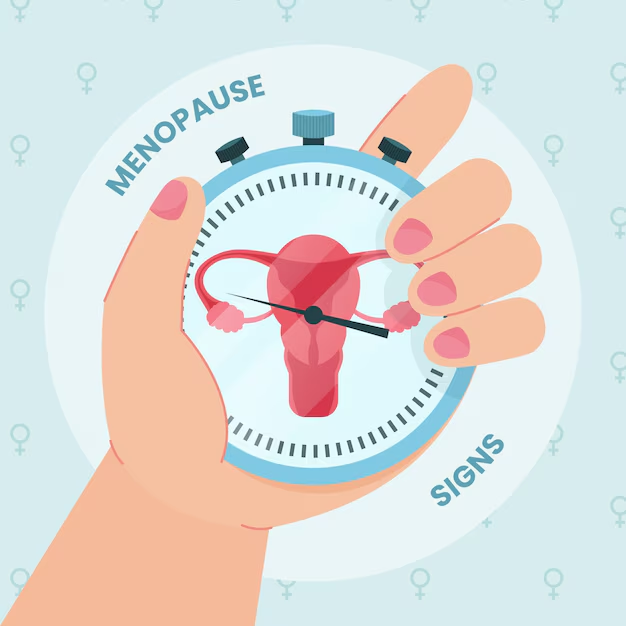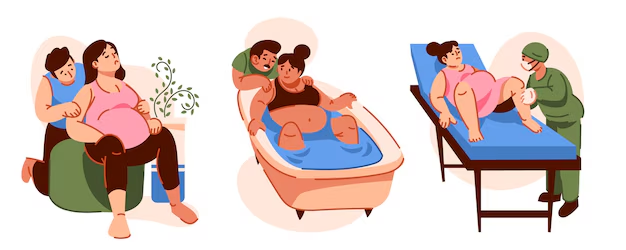Light stretches before sleeping

Pregnancy is a beautiful journey filled with both joy and challenges. As your body changes to nurture new life, so do your needs especially when it comes to rest and sleep. While fatigue is common during pregnancy, many expectant mothers struggle with insomnia, body aches, and restless legs that make a good night's sleep elusive.
One gentle and effective way to ease into restful slumber is incorporating light stretching before bedtime. Not only does it prepare your body for sleep, but it also promotes relaxation, reduces pregnancy discomfort, and connects you with your body in a loving, nurturing way.
Why Light Stretching Helps During Pregnancy
-
Eases Muscle Tension: As your belly grows, muscles in the lower back, hips, and legs are under constant pressure. Gentle stretching relieves tension and improves flexibility.
-
Improves Circulation: Stretching increases blood flow to muscles, helping reduce swelling and leg cramps two common pregnancy symptoms.
-
Reduces Stress and Anxiety: Slow, mindful movements and deep breathing signal the nervous system to relax, preparing your mind and body for sleep.
-
Encourages Better Sleep Quality: By loosening tight muscles and calming your mind, you may fall asleep faster and enjoy deeper, more restful sleep.
Tips Before You Stretch
-
Always consult your healthcare provider before starting any new physical routine.
-
Keep movements slow and gentle. Listen to your body if anything feels uncomfortable, stop.
-
Use a yoga mat or soft surface for support.
-
Breathe deeply and evenly with each movement.
5 Simple Stretches to Do Before Bed
These stretches are safe for most pregnant women, especially in the second and third trimesters. Always adapt them based on your comfort level.
1. Cat-Cow Stretch (Back and Spine Relief)
-
How to do it:
Get on all fours with hands under shoulders and knees under hips. Inhale, arch your back (cow pose), lift your head and tailbone. Exhale, round your spine (cat pose), tucking your chin and pelvis. -
Repeat: 5–10 slow breaths.
-
Benefits: Eases back tension, improves spinal flexibility.
2. Seated Forward Bend (Hamstring and Lower Back Release)
-
How to do it:
Sit with your legs extended wide. Keep your back straight and gently lean forward, supporting yourself with your hands. -
Modify: Sit on a pillow or bend knees slightly if needed.
-
Hold: 20–30 seconds.
-
Benefits: Stretches the legs and back while calming the nervous system.
3. Butterfly Stretch (Hip and Pelvic Opener)
-
How to do it:
Sit with the soles of your feet together and knees dropped to the sides. Hold your feet and gently press your knees downward. -
Hold: 30 seconds or more.
-
Benefits: Opens hips, reduces tension in pelvic muscles.
4. Side-Lying Stretch (Side Body & Lower Back Relaxer)
-
How to do it:
Lie on your left side with a pillow between your knees. Reach your top arm overhead and stretch gently. -
Hold: 20–30 seconds per side.
-
Benefits: Relieves side tension and supports spine alignment for better sleep.
5. Wall Stretch (Legs Up the Wall Variation)
-
How to do it:
Sit sideways next to a wall, then lie back and swing your legs up the wall. Keep a pillow under your hips if needed. -
Hold: 3–5 minutes.
-
Benefits: Reduces swelling in legs and feet, calms the mind.
Extra Self-Care Tips for Better Sleep During Pregnancy
-
Stay Hydrated but cut fluids an hour before bed.
-
Use pregnancy pillows to support your belly, back, and hips.
-
Practice deep breathing or guided meditation after stretching.
-
Keep a consistent sleep routine, even on weekends.
Final Thoughts: A Loving Bedtime Ritual
Incorporating light stretches into your nighttime routine isn't just about flexibility it's about honoring your body and creating space for calm. As your body works hard to grow life, it deserves your care, attention, and love. A few quiet moments of movement before bed can make a big difference in how you feel physically, emotionally, and spiritually.
Sleep better. Feel better. Love your body every step of the way.
Related Articles

The Role of Vaginal Discharge in Reproductive Health

Preparing for Labor and Delivery

Understanding Fertility and the Path to Conception

Staying hydrated with water and herbal teas

How your period affects mental health

What to Expect During Your First Period

Comfort foods that don’t worsen symptoms

Baby development at 34 weeks